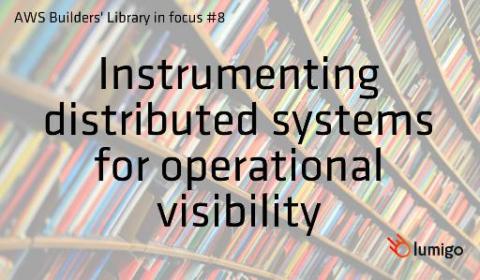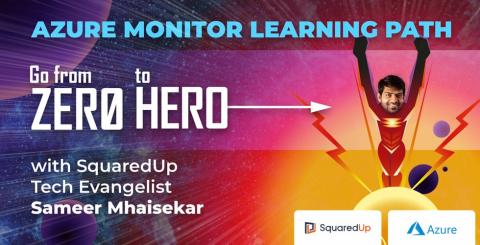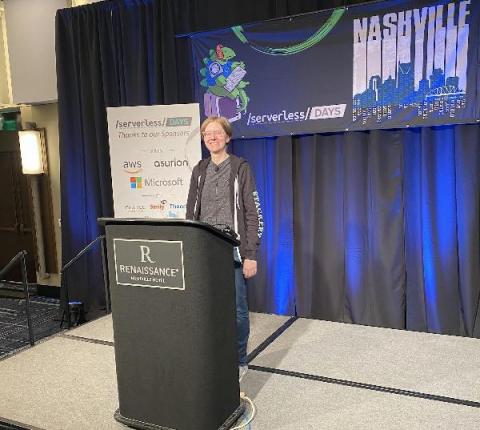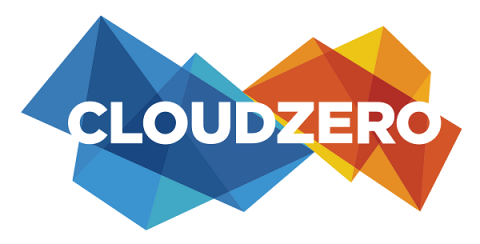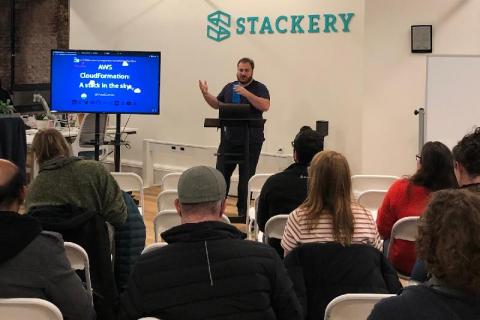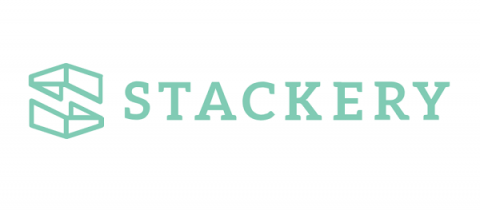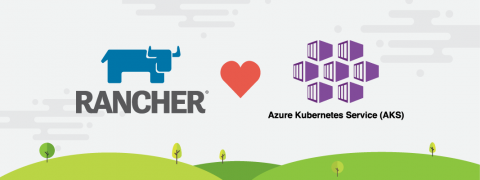ABL in focus #8: Instrumenting distributed systems for operational visibility
Next in our series on the Amazon Builders’ Library, Lumigo Director of Engineering – and newly-minted Serverless Hero – Efi Merdler-Kravitz picks out the key insights from the article, Instrumenting distributed systems for operational visibility, by AWS Principal Engineer (AWS Lambda), David Yanacek.


